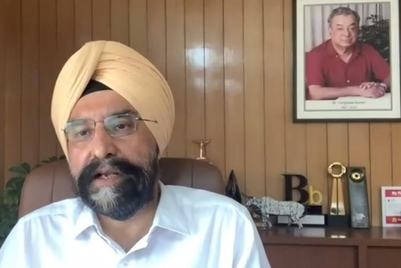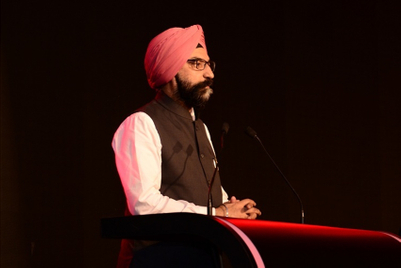Ahead of Independence Day, Campaign India speaks with Indian brands that set up operations in the country pre-independence and continue to dominate their space to understand how they have evolved. Read on to understand how these brands aim to stay relevant for the next 75 years...
Here's an excerpt of our chat with RS Sodhi, managing director, GCMMF (Amul).
The biggest advantage of being an Indian brand in the Indian market? Does it help gain consumers’ trust?
I have been in the field of branded food for the last 40 years in India. There was a time in the 1980s when a housewife or a mother preferred to buy an imported brand when it came to buying branded food. Trust was a quality that was associated with imported brands and not Indian brands.
Gradually, over time, I have seen the same households, now running to buy Indian branded products. They have under stood that Indian brands are equally good as far as quality and hygiene.
More than Indian brands, consumers are now looking at buying local brands from the regions they are staying in. They believe that local brands are fresher and made to meet their taste. The third aspect is that they are affordable and provide better value.
In the food industry, this has led to consumers now not only wanting ‘made in India’, but ‘made in my state’ and ‘made in my district’. So, now for a national brand or an international brand, the biggest challenge is to give the perception that it’s a regional brand.
How has the brand’s marketing strategy changed over time?
I’ll give a milk example.
We buy milk from various states. Now, we are changing the strategy on how to build that perception that the milk we sell in a particular state is purchased from the local villages and farmers.
The other strategy we are following is that we are going more regional in our messaging. Whether it’s press, social media or TV, we are looking at creating brand opportunities via local languages.
When we are talking about recipes or cooking shows too, we are organising them in local languages.
Who were your biggest competitors when you began? Do they exist now?
In dairy, we don’t have a single competitor pan-India. Our competition is from regional players, whether you take milk, butter, ghee, or even our ice creams.
In ice cream, we have Kwality Walls, as a competitor, but even they’re not available
pan-India.
In Karnataka, we are competing with Nandini, Verka in Punjab, in Delhi its Mother Dairy, and in Mumbai there are 20-odd local brands.
The toughest marketing decision the company took in the last 75 years?
The first one we took was the toughest. In the 50s Dr Verghese Kurien decided to go for a Hindi brand name Amul. At that time competition was looking at creating international brands.
Second, we’ve gone for umbrella branding without sub-brands. Now, we are using the Amul brand in other categories too, whether it’s a bakery, potato, honey etc.
We have also stated that whatever positioning we have taken for any brand, we won’t change that. We’ll have these going on for decades like - ‘Amul Doodh Peeta Hai India’ and ‘Utterly Butterly Delicious’.
How do you aim to keep the company relevant for the next 75 years?
The brand and company will be relevant if your products and brands are contemporary and serve the consumers.
By this, I also mean the farmers who we source the dairy from.
Also, you need to solve the purpose of the consumer and provide the value of the product. You have to give value for money at affordable prices and have to keep innovating your brand in product delivery, positioning, packaging, variants and distribution channels. You have to also follow the
change in consumer needs.
Your favourite brand campaign from your company from the last 75 years?
Amul Doodh Peeta Hai India would be my favourite. It gives a lot of energy.
Having said that, the top-of-mind campaign is ‘Utterly Butterly Delicious’.
(This article first appeared in a special print issue published by Campaign India for Independence Day.)









.jpg&h=268&w=401&q=100&v=20250320&c=1)

.png&h=268&w=401&q=100&v=20250320&c=1)
